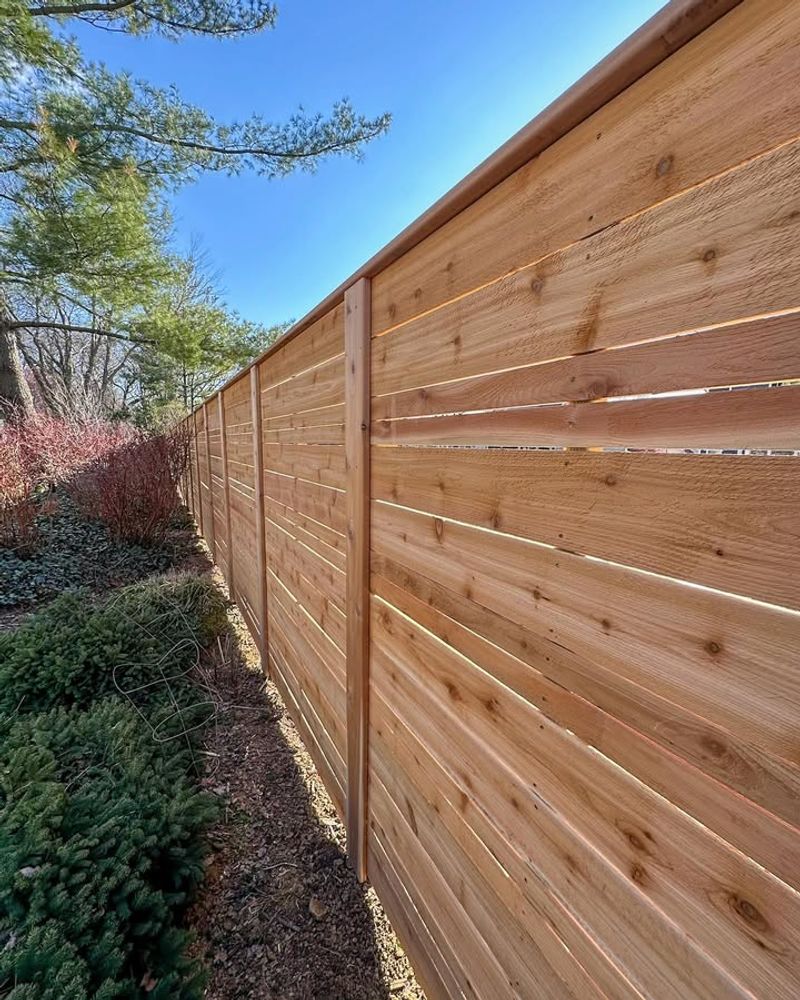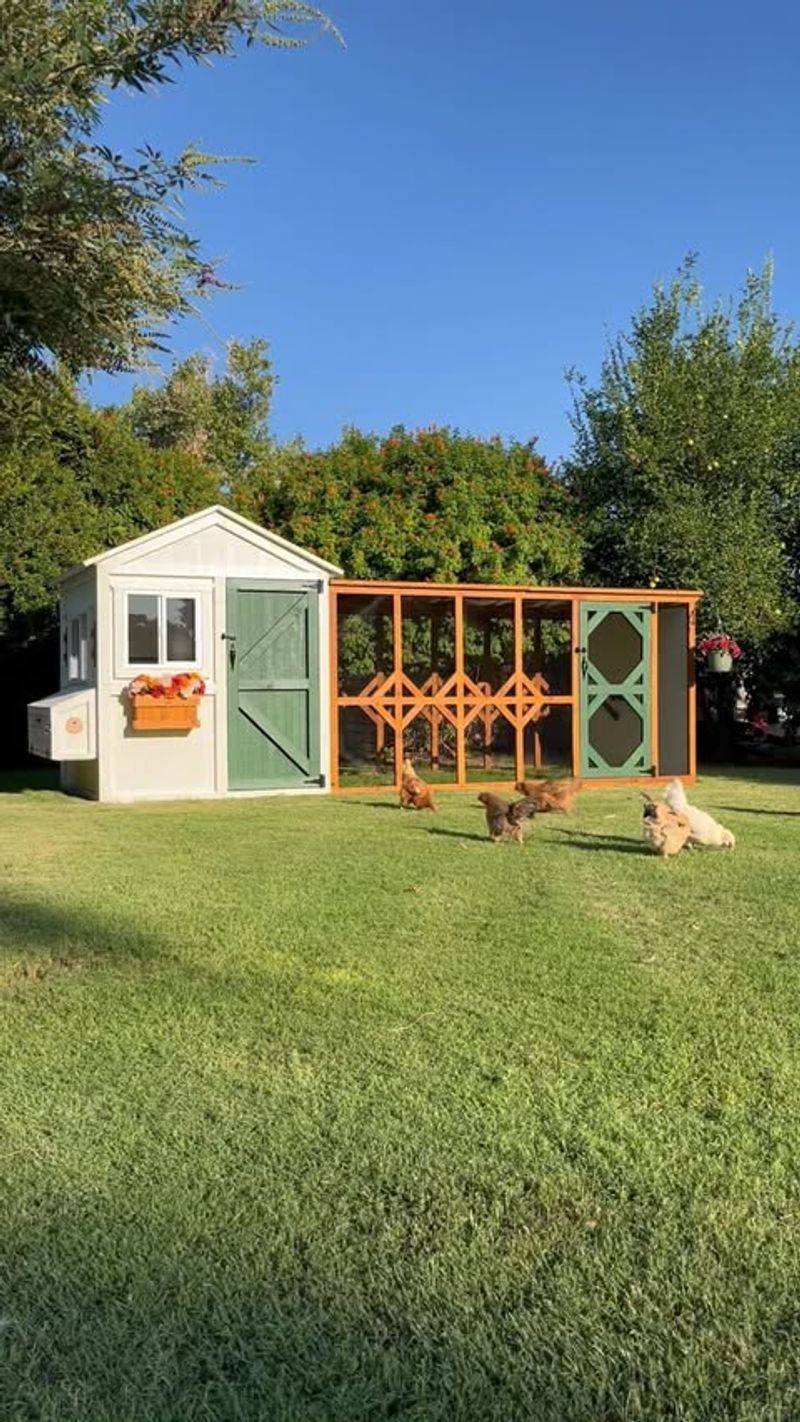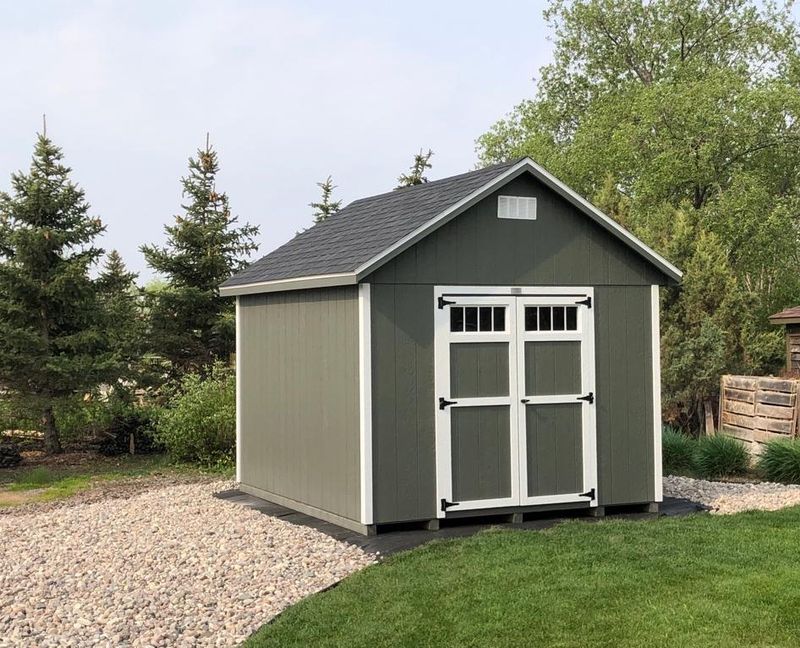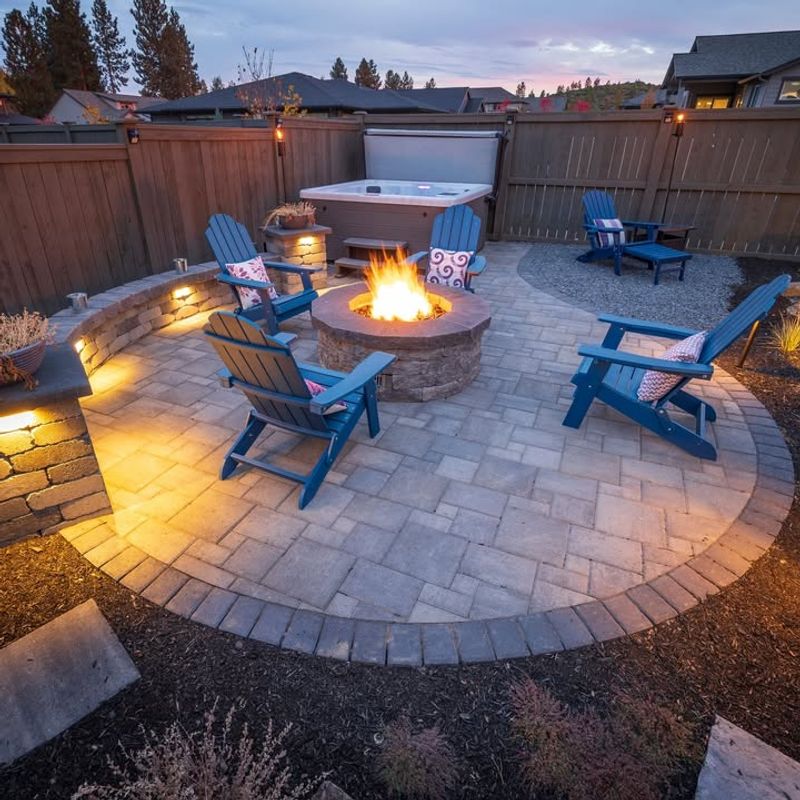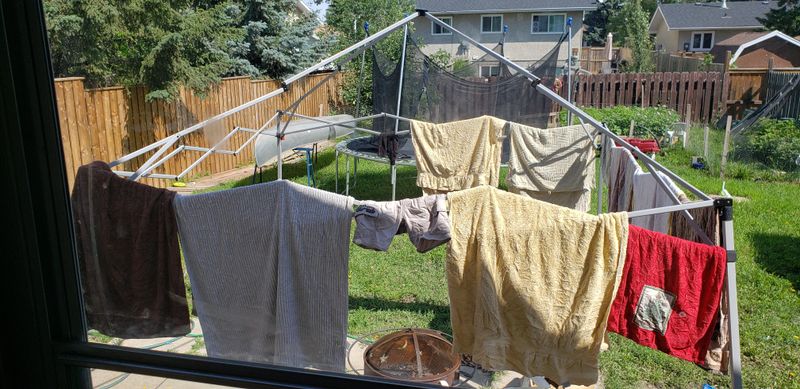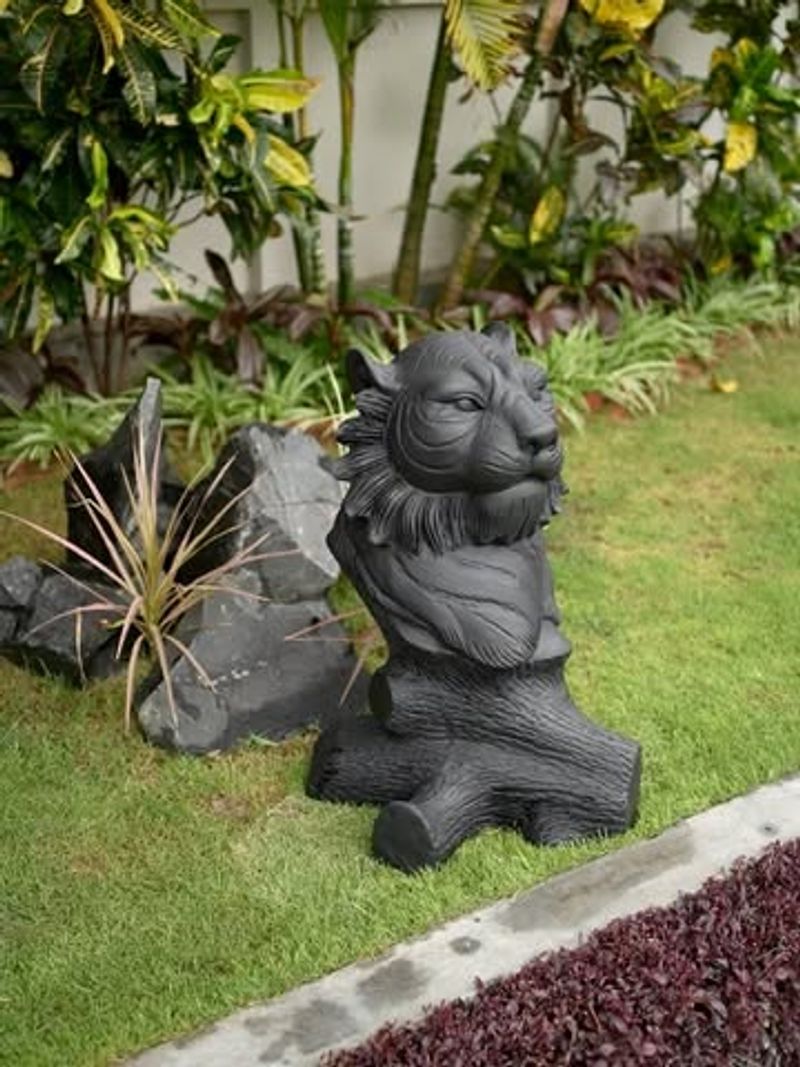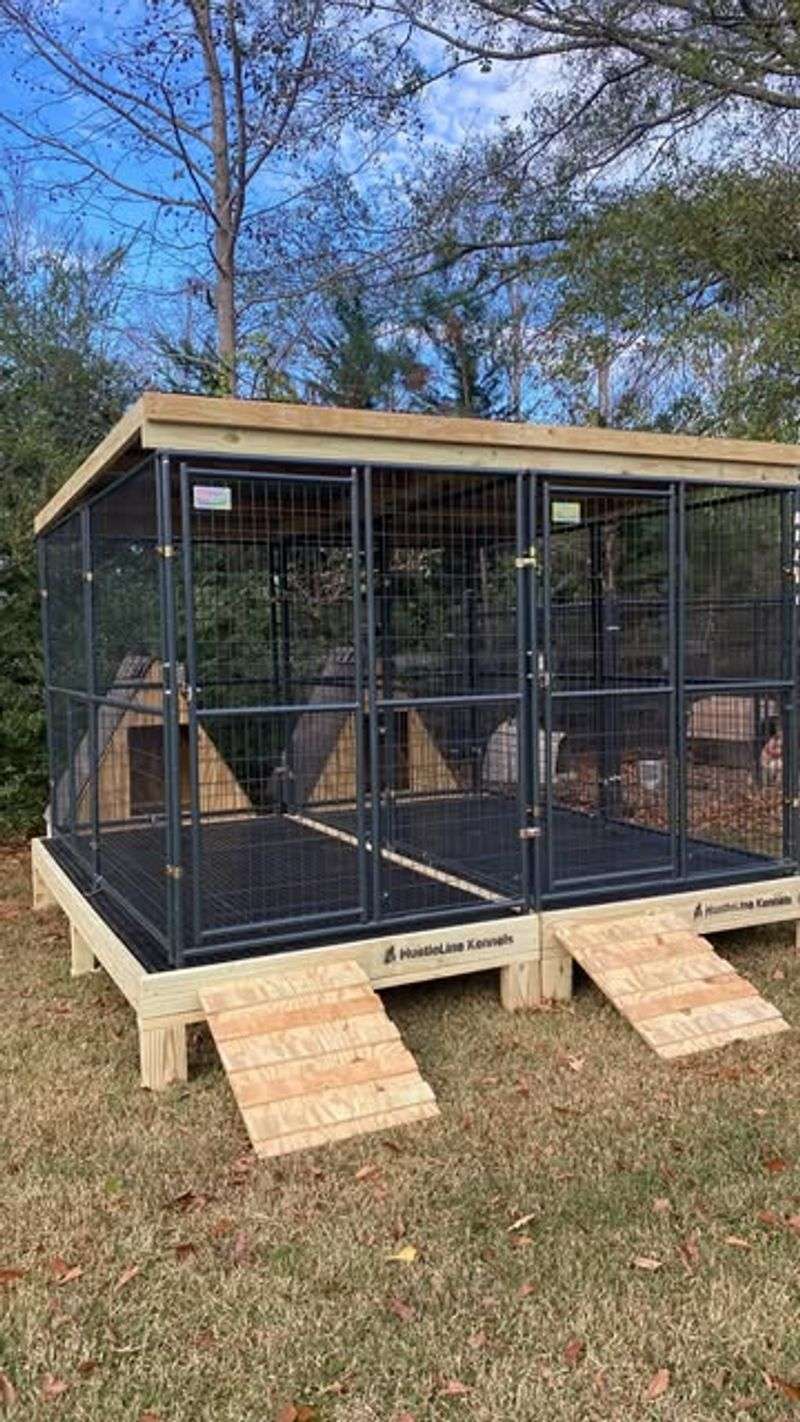Certain yard features in North Dakota might surprise you with restrictions you didn’t expect. I’ve seen neighbors face fines for setups they thought were harmless.
Knowing the rules now keeps your outdoor space legal and enjoyable. Planning ahead ensures your yard stays compliant and beautiful.
1. Tall Privacy Fences
Many North Dakota neighborhoods limit fence heights to keep the area looking open and friendly. Your homeowners association might say no fence can be taller than six feet in the backyard or four feet in the front.
Building a fence that’s too high could lead to complaints from neighbors who feel boxed in. Always check your local rules before buying materials.
Sometimes you’ll need a permit, and ignoring that step means costly removal later.
2. Backyard Chickens and Coops
Raising chickens has become popular for fresh eggs, but not every North Dakota community allows it. Some cities ban chickens entirely in residential zones, while others set limits on how many birds you can keep.
Coops might need to be a certain distance from property lines to avoid noise and smell complaints. Roosters are often banned because of their early morning crowing.
Check your city ordinances before setting up a coop to stay on the right side of the law.
3. Above-Ground Swimming Pools
Above-ground pools are a budget-friendly way to cool off during hot summers, but they’re not always welcomed in North Dakota neighborhoods. Some HOAs consider them unsightly and require them to be screened from view with fencing or landscaping.
City codes might demand safety barriers to prevent accidents, especially if kids live nearby. Placement rules can also dictate how far the pool must sit from property lines.
Ignoring these regulations could result in fines or forced removal.
4. Outdoor Storage Sheds Without Permits
Adding a shed seems simple enough, but many North Dakota towns require building permits for structures over a certain size. Sheds that are too close to property lines or exceed height limits can violate zoning laws.
Your neighborhood might also have design standards, meaning your shed needs to match your house’s exterior. Skipping the permit process can lead to fines and orders to tear the shed down.
Always verify local requirements before construction begins.
5. Permanent Fire Pits
Fire pits are perfect for roasting marshmallows and gathering with friends, but permanent ones can be restricted in North Dakota neighborhoods. Local fire codes often dictate minimum distances from structures, fences, and trees to prevent accidents.
Some HOAs ban them altogether due to smoke complaints and safety concerns. Portable fire pits might be allowed where permanent ones aren’t.
Before building, contact your fire department and review neighborhood covenants to avoid violations and potential hazards.
6. Solar Panel Installations
Solar panels can lower your energy bills, but some North Dakota HOAs have rules about their appearance and placement. Restrictions might involve roof visibility, panel color, or mounting angles that affect the neighborhood’s look.
State laws sometimes protect your right to install solar, but HOAs can still impose reasonable design guidelines. Getting approval before installation prevents costly disputes later.
Review your covenants and state solar access laws to understand your rights and obligations.
7. Vegetable Gardens in Front Yards
Growing your own vegetables saves money and tastes great, but front yard gardens aren’t always allowed in North Dakota communities. Many HOAs prefer traditional lawns and ornamental plants to maintain curb appeal and property values.
Some cities have updated ordinances to permit edible landscaping, while others still prohibit it. Raised beds and decorative layouts might be more acceptable than sprawling plots.
Check your local rules before planting to avoid being forced to remove your hard work.
8. Clotheslines for Drying Laundry
Clotheslines are eco-friendly and save on energy costs, but they’re considered outdated or unsightly in some North Dakota neighborhoods. HOAs might ban visible clotheslines to preserve a neat, modern appearance throughout the community.
Some states have right-to-dry laws, but North Dakota doesn’t currently protect clothesline use. Retractable or hidden lines might be acceptable compromises.
Review your covenants and consider alternatives like indoor drying racks if outdoor lines are prohibited.
9. Decorative Yard Statues and Ornaments
Garden gnomes and quirky statues add personality to your yard, but excessive decorations can violate North Dakota HOA rules. Communities often limit the size, number, and type of ornaments to prevent cluttered or distracting displays.
Religious or political decorations might have different protections under state law. What seems charming to you could be seen as tacky by your neighbors or association board.
Check decoration guidelines before filling your yard to avoid removal orders and neighborhood tension.
10. Outdoor Dog Kennels
Outdoor kennels keep your dog safe and contained, but they’re not welcome in every North Dakota neighborhood. HOAs often restrict kennel size, placement, and appearance to minimize visual impact and noise complaints from barking.
Some cities have animal control ordinances that limit outdoor confinement hours or require certain standards. Kennels too close to neighbors can create ongoing disputes.
Review both city codes and neighborhood rules before installing a kennel to ensure compliance and good relations.


